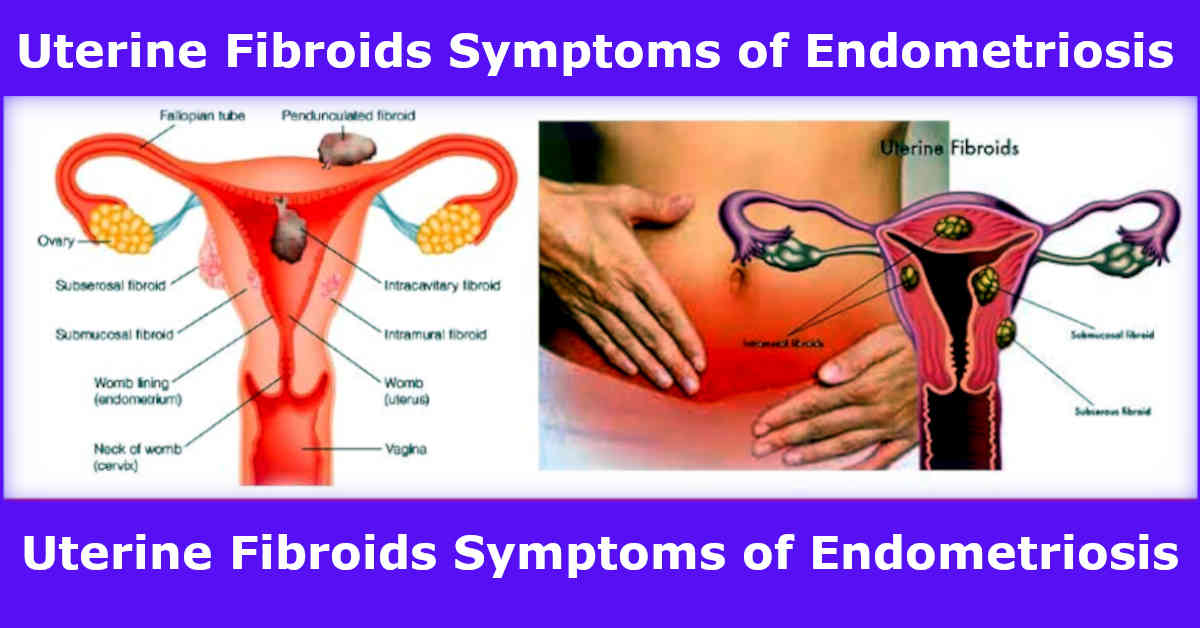I am Margot Watson. I am a member of Signature Ob/Gyn practicing at Howard County General Hospital.
We are a member of the Johns Hopkins family of physicians.
Uterine fibroids symptoms And Symptoms of endometriosis

Effortless uterine fibroids symptoms of endometriosis So, a fibroid is an overgrowth of the smooth muscle of the uterus.
They are very common, about 50-80 percent of women have uterine fibroids.
You can have one, you can have 50.
They can be pea-sized or they can be basketball-sized. We have no idea why they happen.
There’s, unfortunately, no way to prevent them from happening.
Sometimes they can develop in a woman’s 20s or 30s or even not until she’s in her 40s.
They are more common in women of African-American descent.
They most commonly cause very heavy periods. They can cause trouble with fertility.
They can cause problems with pelvic pain.
- When fibroids are causing heavy bleeding,
- there are a variety of fibroids treatment that can be tried
- — birth control pills,
- the hormonal IUD or endometrial ablation,
- which is a procedure to burn the inside lining of the uterus,
- can be done to treat bleeding.
If those aren’t successful, there’s a procedure called the uterine fibroid embolization that can be done to block the blood flow to the uterus.
As a last resort, a hysterectomy is obviously the definitive cure for fibroids. It’s extremely rare for fibroids to be cancerous.
But we cannot know if they’re cancerous unless they are removed. So, if a woman has troublesome fibroids, and she is planning on having children or more children, then surgery to remove just the fibroids and leave the uterus intact is the only acceptable option.
That is a significant surgery and women have to weigh the risks and benefits very carefully with it. fibroids can make a hysterectomy more difficult.
When they aren’t too-too big, then this hysterectomy can be done laparoscopically,
Lifestyle changes will help endometriosis and fibroids
so with small incisions. If women put off a hysterectomy for endometriosis and fibroids for too long, unfortunately, sometimes the fibroids can grow very large.
If they are very large, then women generally do need to have a larger incision and that means a more difficult recovery.
So we encourage women who are suffering from fibroids to consider a hysterectomy before they get very large.
When women have very large fibroids or they’re having heavy bleeding,
and they are anemic from them, we can give them medication to shut down all of their hormone production for a few months before surgery.
This will shrink the fibroids and allow women to have a respite from their heavy bleeding until the surgery.
So, fibroids tend to grow until a woman gets to menopause.
After menopause, fortunately, they get a little bit smaller and the bleeding then stops.
Some women still continue to have pelvic pain or pelvic pressure from fibroids so rarely women will still have a hysterectomy even after menopause.
However, for the majority of women, if they can deal with their symptoms until menopause they get so much better and they don’t need a hysterectomy after menopause.
uterine fibroids and endometriosis treatment of Symptoms

I am a member of Signature Ob/Gyn practicing at Howard County General Hospital.
We are a member of the Johns Hopkins family of physicians.
Endometriosis is a condition where cells that look just like those found inside the uterus or the endometrium are found outside the uterus.
It’s a fairly common condition, occurring in about 10 percent of women.
- We don’t know what causes it and unfortunately,
- It can run in families.
- It typically causes very painful periods;
- it can sometimes cause ovarian cysts that can cause pain,
- it can cause scarring inside the abdomen and sometimes make it difficult to get pregnant when a woman wants to.
The only way to diagnose endometriosis fibroids and pregnancy for sure is to do a laparoscopy.
It means to make some small incisions in your abdomen and take a look at your insides.
Then often biopsies are taken to be sure that what we see is endometriosis.
It can cause blood-filled ovarian cysts. Those typically will not go away without surgery.
fibroids and endometriosis symptoms

So, if a woman has very painful periods and medication is not helping, then its time to do a diagnostic laparoscopy.
Or if a sonogram shows blood-filled ovarian cysts those typically need to be treated with surgery.
If a woman has endometriosis and she’s done having her children, she may consider having a hysterectomy.
That can greatly relieve a lot of the pain from endometriosis.
However, endometriosis does continue until menopause.
fibroids endometriosis and ovarian cysts
And so, sometimes hormonal suppression of the endometriosis can be needed even after a hysterectomy.
There are a variety of medications that can be used to treat the symptoms of endometriosis.
Birth control pills, Depo- Provera, the hormonal IUD, or medications that will shut down the production of hormones from your brain.
All of these work to suppress the uterine lining so that it suppresses the endometriosis inside your abdomen.
